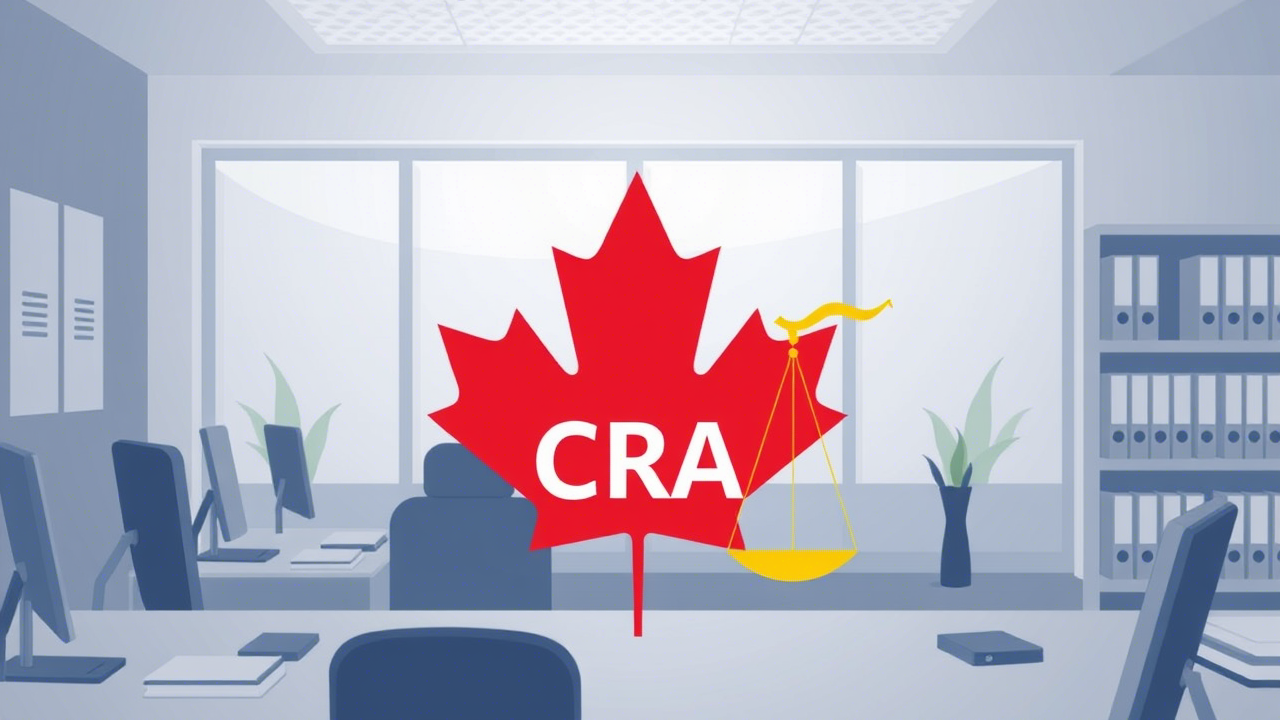Staying compliant with Canada Revenue Agency (CRA) payroll regulations is a top priority for businesses in Canada. Non-compliance can result in costly penalties, legal issues, and damage to your business’s reputation. As we move into 2025, the CRA continues to enforce strict rules around payroll deductions, remittances, and reporting. To help you navigate these requirements, we’ve created this guide on how to stay compliant with CRA payroll regulations while ensuring smooth and efficient payroll management.
Why CRA Payroll Compliance Matters
The CRA oversees payroll-related obligations, including deductions for federal and provincial income taxes, Canada Pension Plan (CPP) contributions, and Employment Insurance (EI) premiums. Employers are responsible for:
- Calculating and withholding the correct amounts from employee paychecks.
- Remitting these amounts to the CRA by specified deadlines.
- Filing accurate reports, such as T4 slips, at year-end.
Failure to comply with these regulations can lead to severe consequences, including fines, interest charges, or even audits. With evolving tax laws and increasing scrutiny from the CRA, staying compliant requires diligence, accuracy, and the right tools.
Key Areas of CRA Payroll Compliance in 2025
To ensure compliance, businesses must focus on the following key areas:
1. Accurate Deductions
Employers must deduct the correct amounts for CPP, EI, and income taxes based on each employee’s earnings. The CRA provides detailed tables and calculators to help with these calculations, but errors can still occur without proper systems in place.
Tips for Accuracy:
- Use payroll software that automatically updates tax rates and contribution percentages.
- Regularly verify employee information, such as Social Insurance Numbers (SINs) and tax exemptions.
- Double-check calculations before processing payroll.
2. Timely Remittances
The CRA enforces strict deadlines for remitting payroll deductions. Late or missed payments can result in penalties, ranging from 3% to 10% of the amount owed, depending on the delay.
Types of Remitters:
- Regular Remitters: Businesses with average monthly deductions under $3,000 have until the 15th of the following month to remit.
- Accelerated Remitters: Larger businesses with higher deductions may need to remit weekly or biweekly.
How to Stay On Track:
- Set up automated reminders for remittance deadlines using payroll systems .
- Use direct deposit options provided by the CRA for faster and more reliable payments.
- Keep a calendar of key payroll dates, including statutory holidays that might affect deadlines.
3. Year-End Reporting (T4 Slips)
By February 28th of each year, employers must issue T4 slips summarizing employees’ annual income and deductions. These slips must also be filed with the CRA electronically. Errors or delays in filing can lead to penalties of $100 per slip, up to a maximum of $7,500.
Best Practices for T4 Filing:
- Use payroll software that generates T4 slips automatically based on payroll records.
- Verify all employee information before issuing T4s to avoid discrepancies.
- Submit T4s early to allow time for corrections if needed.
4. Record Keeping
The CRA requires businesses to maintain detailed payroll records for at least six years. These records include employee wages, deductions, remittances, and other relevant documents. Poor record keeping can complicate audits and lead to penalties.
Tips for Effective Record Keeping:
- Store records securely using cloud-based payroll management platforms.
- Regularly back up data to prevent loss due to technical issues.
- Organize records systematically to make them easy to retrieve during audits.
5. Provincial Payroll Laws
In addition to federal regulations, businesses must comply with provincial payroll laws, which vary across Canada. For example:
- Minimum wage rates differ by province.
- Overtime rules and vacation entitlements are governed provincially.
- Some provinces, like Ontario, require employers to register for the Employer Health Tax (EHT) if their payroll exceeds $1 million annually.
How to Stay Compliant:
- Use payroll tools that adjust calculations based on provincial rules.
- Stay updated on changes to labor laws in each province where you operate.
- Consult a payroll expert or legal advisor if you’re unsure about specific requirements.
Common Challenges in CRA Payroll Compliance
Even with the best intentions, businesses often face challenges when managing payroll compliance. Here are some common pitfalls and how to avoid them:
1. Manual Errors
Manual payroll processes are prone to mistakes, such as incorrect tax calculations or missed remittances.
Solution:
Automate payroll processes using VTAC Payroll Management , which reduces human error and ensures accuracy.
2. Lack of Updates
Tax rates, contribution percentages, and regulations change frequently. Using outdated information can lead to non-compliance.
Solution:
Choose software that automatically updates to reflect the latest CRA rules and provincial laws.
3. Inadequate Training
Employees responsible for payroll may lack the necessary knowledge to handle complex tasks.
Solution:
Provide regular training and leverage user-friendly payroll tools that simplify the process.
How VTAC Payroll Management Can Help
Managing CRA payroll compliance doesn’t have to be overwhelming. VTAC Payroll Management offers a comprehensive solution designed to streamline payroll processes and ensure compliance. Key features include:
- Automated Tax Calculations: Ensures accurate deductions for CPP, EI, and income taxes.
- Compliance Assurance: Automatically updates to reflect changes in CRA and provincial regulations.
- Remittance Assistance: Helps you meet deadlines and avoid penalties.
- T4 Generation: Creates and files T4 slips effortlessly.
- Employee Self-Service Portals: Allows employees to access pay stubs, tax forms, and other documents online.
By leveraging VTAC Payroll Management , businesses can save time, reduce errors, and focus on growth while staying fully compliant with CRA regulations.
Conclusion
Staying compliant with CRA payroll regulations in 2025 requires careful planning, accurate calculations, and timely submissions. By understanding the key areas of compliance, addressing common challenges, and leveraging modern payroll tools, businesses can ensure smooth operations and avoid costly penalties.
Take the stress out of payroll compliance today by exploring VTAC Payroll Management —a reliable and innovative solution tailored to Canadian businesses. Visit their website to learn more and get started.



